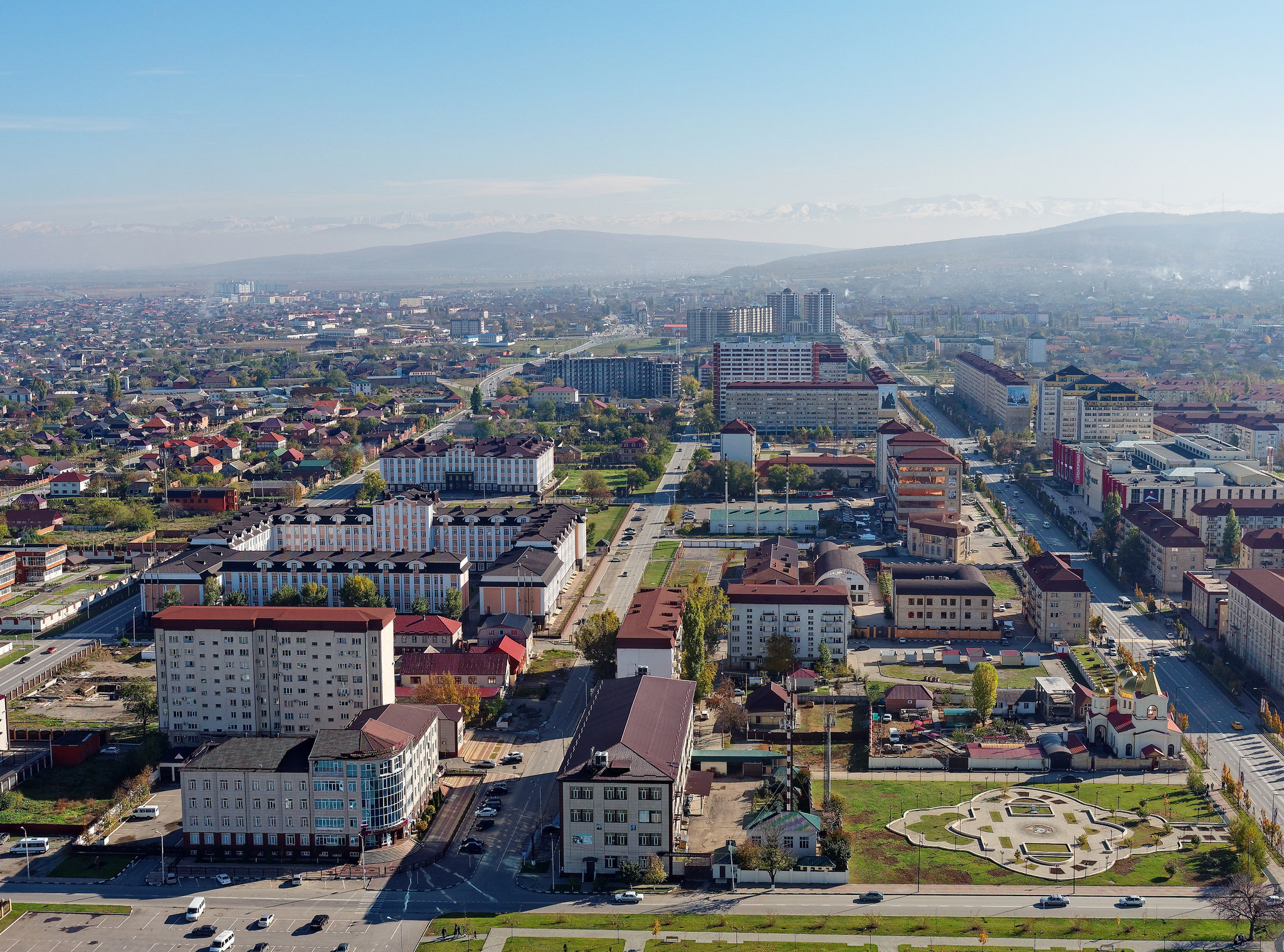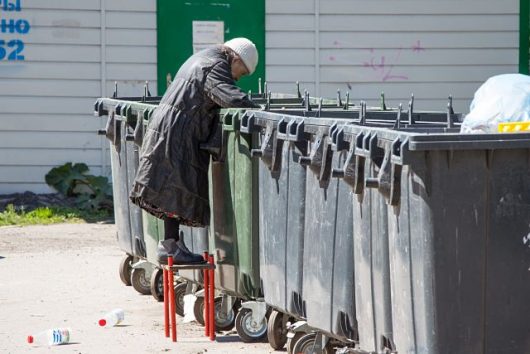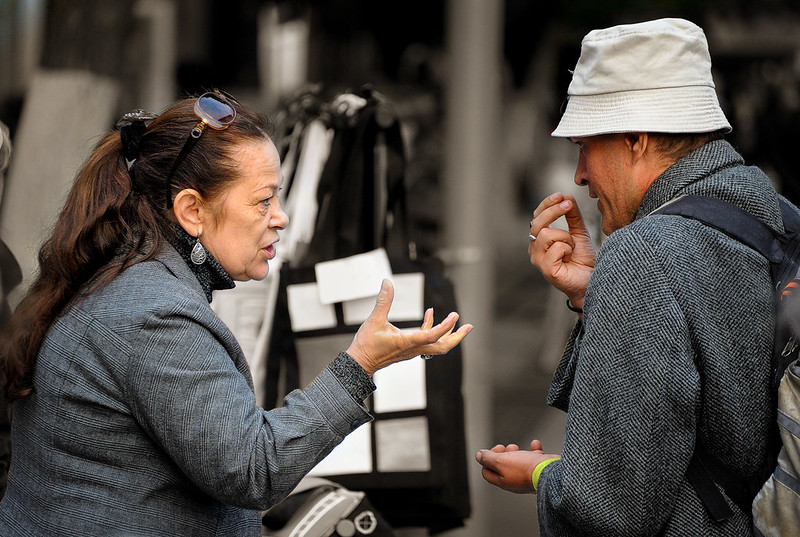 More than a decade ago, the United States Agency for International Development (USAID) halted operations in Russia after Russian authorities accused the organization of interfering in domestic politics. This departure posed challenges for many groups that relied on USAID funding. Despite this, various nonprofits in Russia have adapted to these circumstances and remain dedicated to addressing critical needs including poverty in Russia.
More than a decade ago, the United States Agency for International Development (USAID) halted operations in Russia after Russian authorities accused the organization of interfering in domestic politics. This departure posed challenges for many groups that relied on USAID funding. Despite this, various nonprofits in Russia have adapted to these circumstances and remain dedicated to addressing critical needs including poverty in Russia.
Poverty in Russia
Russia has seen a steady decline in poverty in recent years. In 2023, 13.5 million people—9% of the population—lived below the poverty line, a decrease from 14.3 million the previous year, according to Reuters. However, the years following USAID’s withdrawal saw a rise in poverty, with rates peaking in 2015. This surge largely stemmed from the economic consequences of Russia’s involvement in the Ukraine war in 2014.
Russia’s national poverty line measures the inability to afford necessities like food, clothing and essential services. By international standards, the World Bank reported that only about 2% of Russia’s population lived below the global poverty line in 2021. While these figures reveal progress, significant challenges remain, especially for the most vulnerable populations.
Nonprofits Making Change
Several nonprofits in Russia have taken up the mantle to tackle poverty and improve living conditions for those in need. These organizations focus on a range of issues, from health care and homelessness to children’s health.
- Global Call to Action Against Poverty (GCAP). An international network of more than 18,400 civil society organizations in the fight against inequality and poverty. GCAP’s Russia National Organization comprises 29 member groups dedicated to reducing inequality and poverty. GCAP focuses on improving health care access in impoverished communities, primarily by spreading awareness of health care rights and services.
- Nochlezhka. Founded in 1990, Nochlezhka works nationwide to assist and protect the rights of individuals experiencing homelessness. The organization provides shelters, night buses, heating tents, counseling services and halfway homes. Nochlezhka collaborates with hundreds of partners and volunteers to address the needs of Russia’s homeless population effectively.
- Caritas Russia. Operating under the international Caritas network and affiliated with the Catholic Church, Caritas Russia supports youth, people without homes, individuals battling addiction and those facing unemployment. The organization offers shelters, home-care services, reintegration programs for inmates and released prisoners and camps for children in need.
- Children’s Hearts. Since 2002, Children’s Hearts has supported children with heart disease by raising funds and purchasing critical medical equipment for clinics. The organization has assisted nearly 5,000 children, with donations totaling $16 million (more than 1.5 billion rubles).
Looking Forward
Nonprofits in Russia continue their efforts to address poverty amid complex challenges and an evolving national landscape. Their work highlights the importance of collaboration, advocacy and sustained support to combat inequality and improve the lives of vulnerable populations. While greater action is necessary to create lasting change, these organizations provide hope and vital services to those in need.
– Olivia Young
Olivia is based in New York, NY, USA and focuses on Global Health, Politics for The Borgen Project.
Photo: Flickr
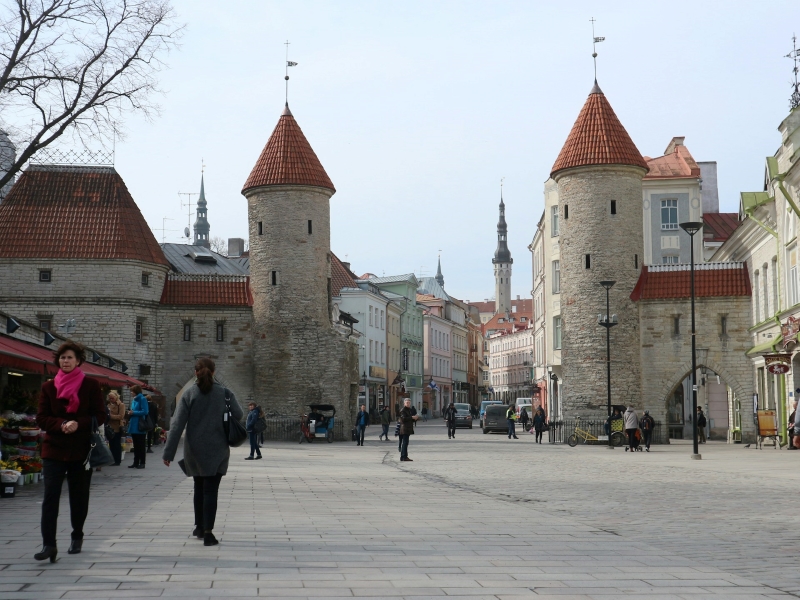 Estonia, which gained independence following the 1991 fall of the Soviet Union, is still home to a large Russian minority,
Estonia, which gained independence following the 1991 fall of the Soviet Union, is still home to a large Russian minority, 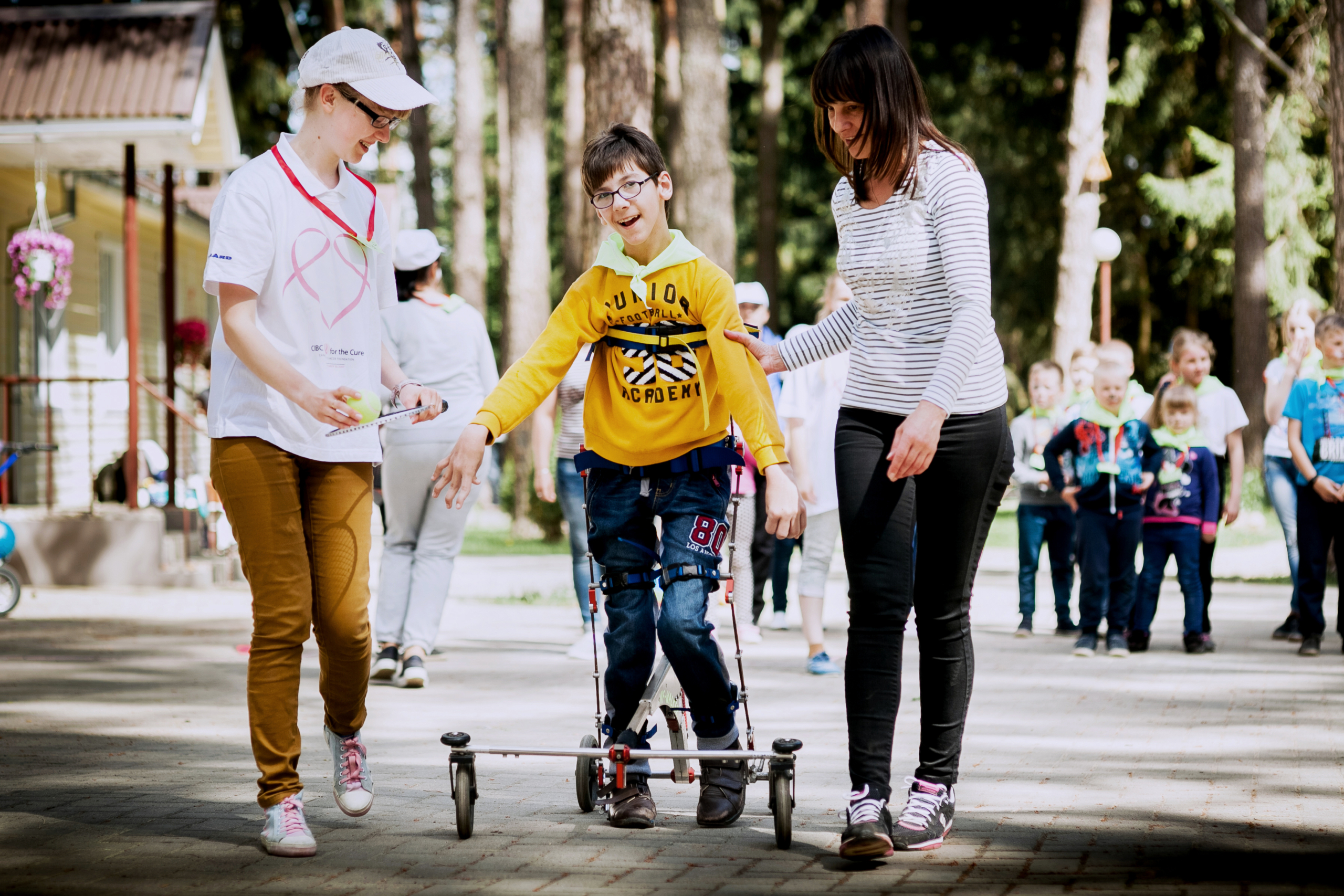
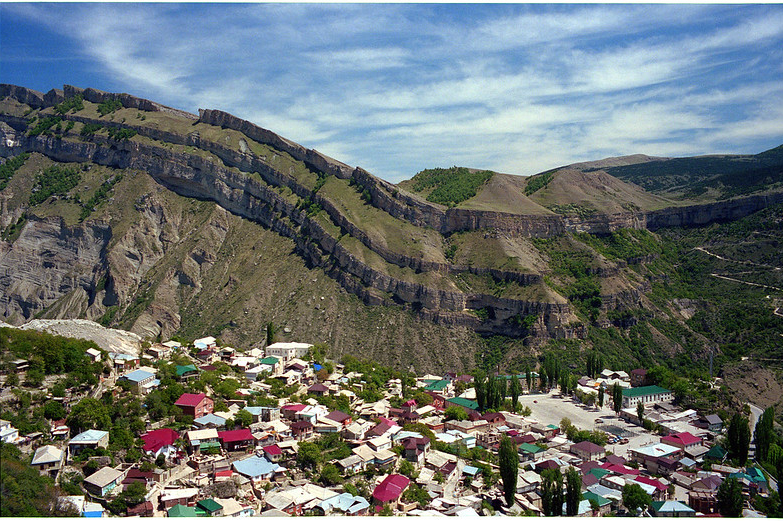 Once seen as a dangerous and violent place, the Republic of Dagestan in Russia has recently experienced a dramatic shift in visitation. Amid a strict lockdown,
Once seen as a dangerous and violent place, the Republic of Dagestan in Russia has recently experienced a dramatic shift in visitation. Amid a strict lockdown, 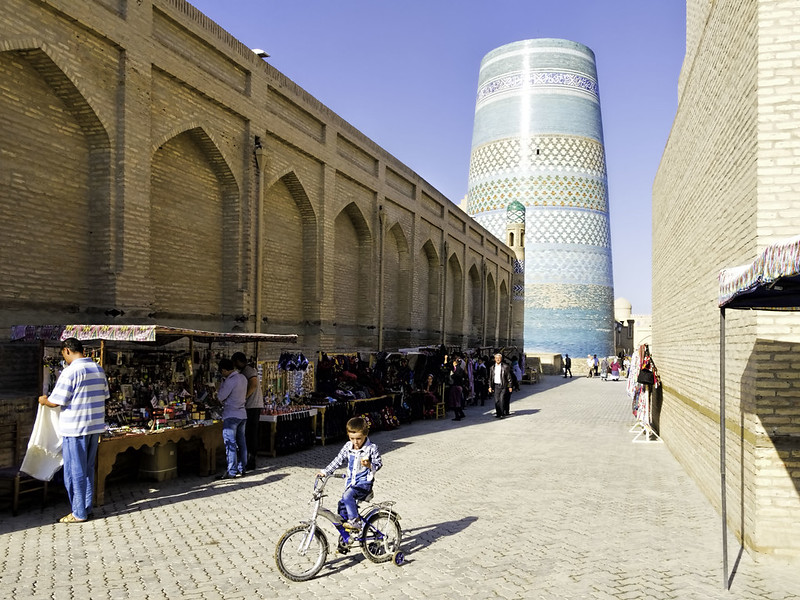 While Russia is a very resource-rich country, it suffers from intense social inequality. The top 1% of
While Russia is a very resource-rich country, it suffers from intense social inequality. The top 1% of 


